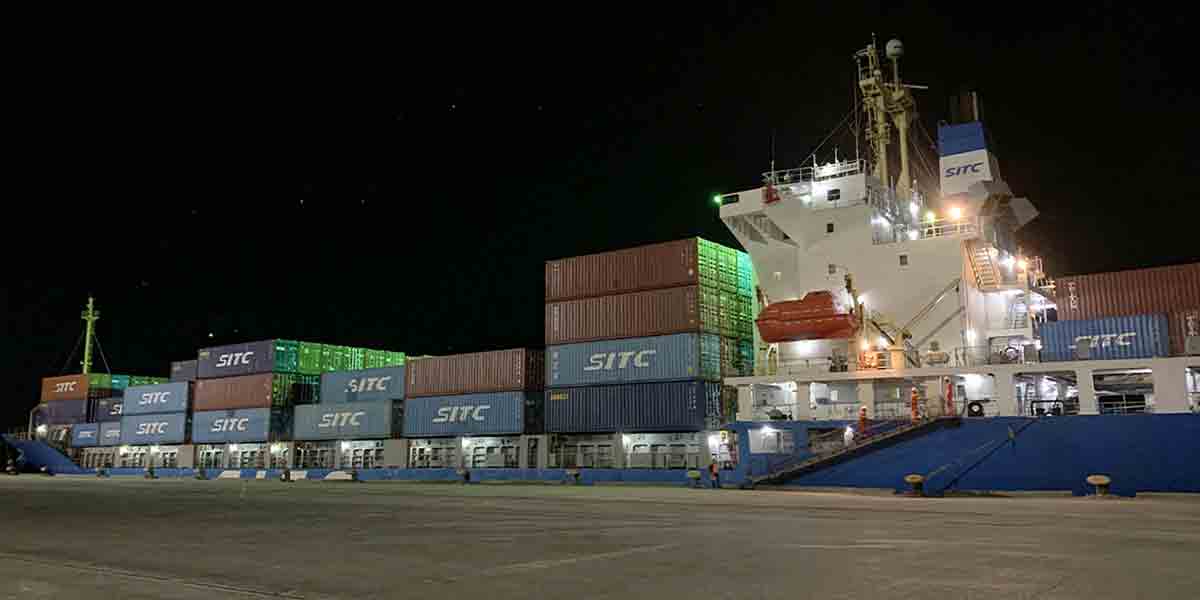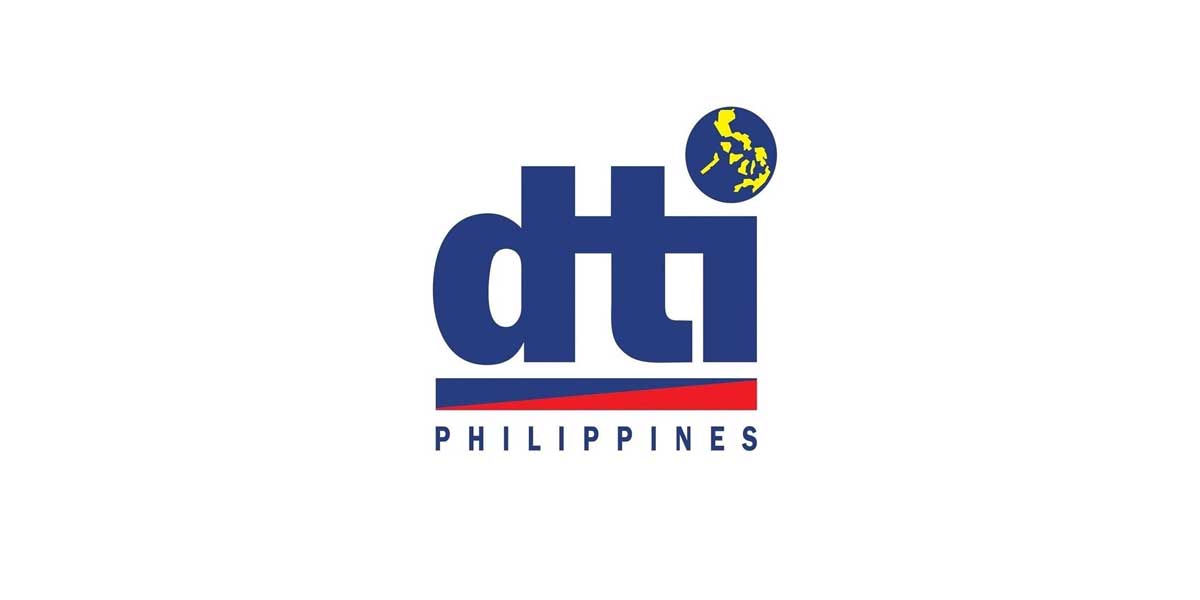
By Joseph B.A. Marzan
Inflation rate, or the increase in prices of goods and services, in Western Visayas slowed down between December 2022 and January 2023, according to the latest data released by the Philippine Statistics Authority on February 7, even if utility and transport costs continued to spike.
Inflation in the region went down slightly by 0.2 percent, at 10.3 percent last month from 10.5 in December, but still 5.8 percent higher compared to the January 2022 rate of 4.5 percent.
The commodity group of Housing, Water, Electricity, Gas and Other Fuels posted the biggest jump of 0.9 percent, from 14.2 percent (December 2022) to 15.1 percent (January 2023). It also has the highest inflation rate among other commodity groups in January.
Transport commodities, the erstwhile main driver of rising inflation rates in the region, remained high at 14.7 percent in January, up by 0.2 percent from December.
Increases were also indicated in the following commodity groups for January 2023, compared to their December 2022 rates:
– Furnishings, Household Equipment and Routine Household Maintenance (7.4 percent, from 7.2 percent);
– Personal Care, and Miscellaneous Goods and Services (6.8 percent, from 6.3 percent);
– Information and Communication (2.6 percent, from 2.5 percent); and
– Health (2.0 percent, from 1.5 percent).
Meanwhile, the following commodity groups experienced slight decreases in their latest inflation rates:
– Alcoholic Beverages and Tobacco (12.0 percent, from 12.1 percent);
– Food and Non-Alcoholic Beverages (10.6 percent, from 11.1 percent);
– Restaurants and Accommodation Services (8.8 percent, from 9.7 percent);
– Recreation, Sport, and Culture (4.7 percent, from 4.9 percent); and
– Clothing and Footwear (3.4 percent, from 3.5 percent).
Education Services remained at 0.4 percent between December and January, while Financial Services remains pegged at 0.0 percent as it has been in previous years.
Western Visayas still has the highest inflation rate in the Philippines, even higher than the cumulative inflation rate in areas outside of the National Capital Region (NCR) at 8.7 percent.
It is followed in the Top 10 (in order of their rates) by Central Luzon (9.8 percent), Davao Region (9.4 percent), Ilocos Region (9.3 percent), MIMAROPA Region (8.9 percent), Zamboanga Peninsula and CALABARZON (8.5 percent each), Northern Mindanao (8.4 percent), Bicol Region (8.3 percent), Caraga (8.1 percent), and the Cordillera Administrative Region (7.9 percent).
The country’s national inflation rate for January 2023 was also at 8.7 percent according to the PSA.
Its latest release indicated that it was driven mainly by increases in the Housing, Water, Electricity, Gas and Other Fuels (8.5 percent), Food and Non-Alcoholic Beverages (10.7 percent), and Restaurants and Accommodation Services (7.6 percent) commodity groups.
This rate was 0.6 percent higher than that of the December 2022 rate (8.1 percent), and 5.7 percent higher than the January 2022 rate (3.0 percent).






















